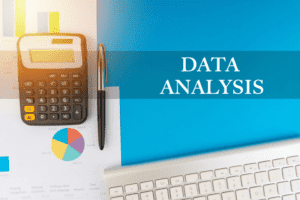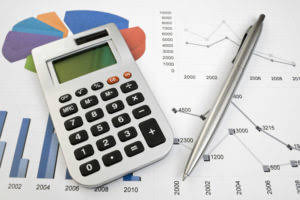
These costs include direct labor, direct materials, consumable production supplies, and factory overhead. Product cost can also be considered the cost of the labor required to deliver a service to a customer. In the latter case, product cost should include all costs related to a service, such as compensation, payroll taxes, and employee benefits. Absorption costing is a method of accounting that assigns all manufacturing costs to the cost of the product, including direct materials, direct labor, and both variable and fixed costs. This means that fixed overhead costs are absorbed by the product and included in the cost of goods sold (COGS). The expense recognition principle also applies to manufacturing overhead costs.
Review your prices regularly
With careful research, accurate calculations, and proper consideration of all components, companies can calculate their product costs accurately. By understanding their cost structure, businesses can better identify opportunities for improvement and make informed decisions about how to price products in the marketplace. The term “product cost” refers to the expenses incurred during a product’s manufacturing process.
QuickBooks Integration: An Overview of Integration Streamlining Accounting for SMBs

Product costs can be broadly categorized into Direct Materials, Direct Labor, and Manufacturing Overhead. It depends on the specific circumstances of each business and industry. Managerial accounting refers to a branch of accounting that covers the flow of information internally. This branch covers various tools and techniques that companies can use to enhance decision-making. To see our product designed specifically for your country, please visit the United States site. Costs incurred to produce a product intended to sell to a customer is called Product Costs.
Discover more from Accounting Professor.org
Direct materials are those materials used only in making the product and are clearly and easily traceable to a particular product. For example, iron ore is a direct material to a steel company because the iron ore is clearly traceable to the finished product, steel. In turn, steel becomes a direct material to an automobile manufacturer. Indirect material costs are derived from the goods not directly traced to the finished product, like the sign adhesive in the Dinosaur Vinyl example. Tracking the exact amount of adhesive used would be difficult, time consuming, and expensive, so it makes more sense to classify this cost as an indirect material.
How Are Production Costs Calculated?
It includes direct expenses incurred in making the product (such as raw materials and labor) and indirect expenses (such as utilities, factory overhead). Activity-based costing (ABC) is a methodology for allocating overhead to individual products and services more precisely. The basic idea behind ABC is that all manufacturing overhead costs (also called indirect costs) are not caused equally by the production of all products and services. For example, the cost of operating the accounting department is not likely directly related to the number of products produced. Product cost appears in the financial statements, since it includes the factory overhead that is required by both GAAP and IFRS.
AccountingTools
This can be done by cutting back on the number of employees or having them work fewer hours. Another way to reduce direct labor costs is to pay employees less https://www.bookstime.com/ per hour by either lowering wages or using cheaper labor sources. Both strategies require careful planning and execution, but the rewards can be significant.
On the other hand, if a company over costs its products, customers may be unwilling to pay the price and choose to purchase from a competitor. In addition, if a company consistently charges too much for its products, it could hurt its reputation and lose customers over time. Still, no more material is available for purchase (and, therefore, must be ordered at an additional cost). By understanding product cost, a company can identify areas where it can reduce costs and increase efficiency. This can help the company stay competitive and improve its bottom line.
For instance, in a manufacturing facility producing furniture, the wood used would be considered a direct material. In summary, the difference between product costs and period costs is that product costs are directly tied to the production of a specific product. In contrast, period costs are not directly connected to the production of a particular product and are expensed in the period in which they are incurred.

These costs are presented directly as deductions against revenues in the income statement. In the accounting records, the cost of finished products is accumulated in an inventory account – usually product costs consist of “Finished Goods Inventory”. When goods are sold, the cost is transferred from “Finished Goods Inventory” in the balance sheet to “Cost of Sales” (or Cost of Goods Sold) in the income statement.
- Distinguishing itself from period costs—incurred for activities not directly tied to production—product costs play a pivotal role in determining product pricing.
- The first step in activity-based costing is to identify all the different activities performed in an organization and then assign an overhead cost to each activity.
- In most cases, the price of a product should be set based on its cost, as well as market demand, competition, and other factors that affect the market price.
- This post will explain why manufacturing managers should worry about product overcosting or undercosting.
- Manufacturers carry production costs related to the raw materials and labor needed to create their products.
- The calculation provided only considers the cost of wax and fragrance oil used in a production month but does not provide information on the number of candles produced.
What are Product Costs in Managerial Accounting?
Divide the cost as stated above by the number of units produced to arrive at a per-unit cost. Product cost is one of the most important concepts in business manageent, standing as a cornerstone for effective decision-making. In this article, we explore what constitutes product cost and how to calculate and manage it effectively. From the details from the bakery that manufactures gourmet cakes, calculate product cost. On the other hand, if your prices are too low, you may find that you’re not making enough profit to sustain your business.